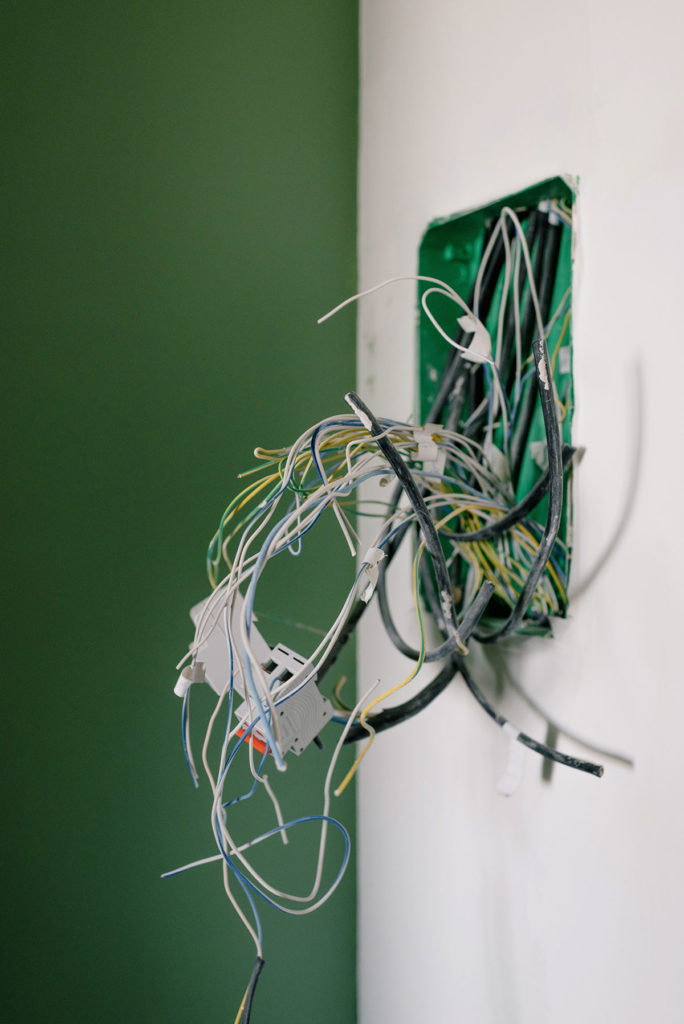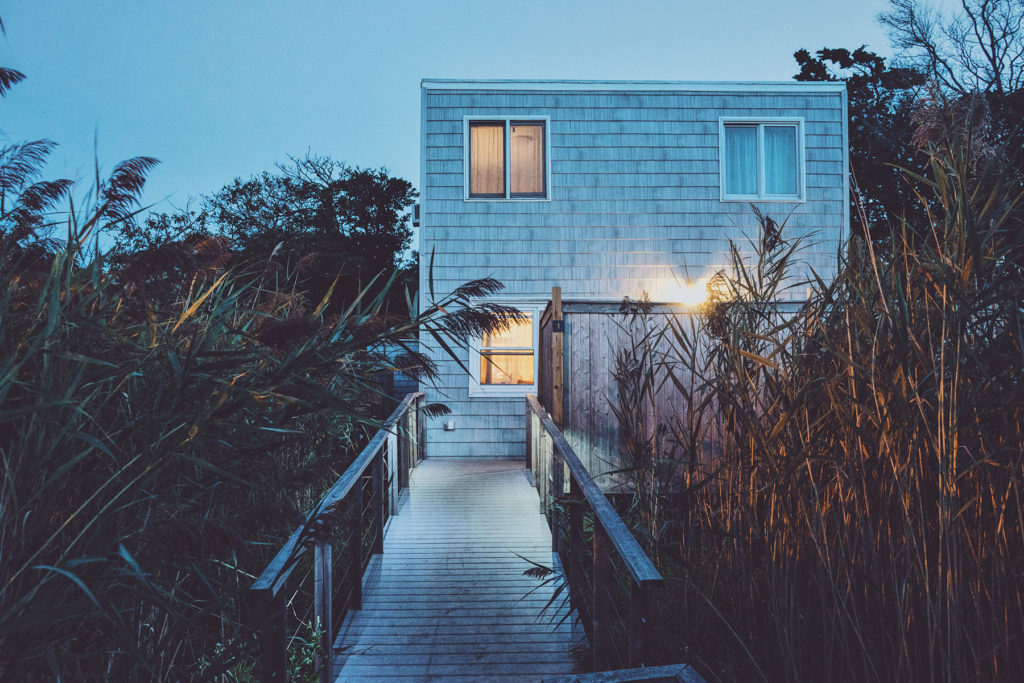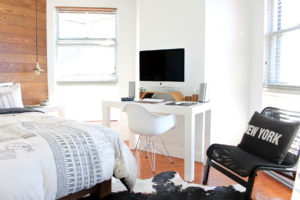What Happens to Your Insurance When You Buy a Second Home?
COVID-19’s longer lockdowns and ability to work/learn from home drove unprecedented demand for second homes in less congested areas – whether on a mountain, near the beach, or in the country.
Some industry estimates say demand for second homes doubled from October 2019-October 2020.

But before you ditch your city digs and sign that second mortgage, there are insurance implications to consider.
Let’s discuss what happens to your insurance when you buy a second home.
What is the Impact on Your Insurance When Buying a Second Home?
Limited Carrier Options
First is that carrier options for second homes are more limited.
Many are not comfortable writing a policy for your second home if they don’t also carry the policy for your primary residence – it’s all or nothing. They figure you’re more likely to stick with them for the long term if they have both policies.
If you’ve already established a relationship with a carrier, they’ll have an idea of your payment and claims history and are more likely to say yes.
If your primary residence isn’t in the U.S., it’s even harder to find a carrier for a second home in the U.S.
Greater Exposure for Carriers

Second, to an insurance carrier a second home represents a greater exposure.
If they’re vacant much of the time, they are more vulnerable to loss or damage, with increased risk of theft, fire, or in winter climates – freezing pipes that cause major damage.
There might be specific requirements written into the coverage that you must follow to qualify for coverage, such as draining the pipes in winter and/or keeping the heat at 55°F.
If you don’t, you might not be covered in case of a loss.
Access to/for Emergency Personnel

Another factor to be aware of is how far from the police and fire stations your second home might be.
Take fire coverage for example. A carrier is going to want to know how likely your home will burn to the ground. If you’re in the city, chances are the fire department can get there pretty quickly.
But if you’re in an isolated suburban or country location, they’ll want to know if there are fire hydrants nearby and where the nearest water source is.
You’ll need to call the precinct to get information about the distance, type and number of vehicles that respond, and whether they are volunteer or municipal. Alternate water sources are a consideration, and if you live on a lake, you might think you’re all set.
Not so fast.
If you’re in a location where the lake freezes in winter, that’s an unreliable source and doesn’t count. Some second homeowners drill a second well just for fire department access.
Realize you may have some homework ahead of you to determine whether a carrier will take you on.
Preventative Tech

All those factors account for eligibility and cost, which is generally higher on a second home. The good news is, if you invest in technology and are good about maintenance or have a caretaker, you may be eligible for preventive discounts with some carriers. These include sensors that alert you if the temperature drops below 55°F, fire alarms, security cameras, central station burglary alarms, water temperature monitoring systems, and an automatic water shutoff valve.
So when shopping for your second home, don’t just think about the view from the deck. Consider location, municipal services, caretaker options, and security features.
Lastly, don’t hesitate to take advantage of your insurance broker’s expertise. They know the carriers who will accommodate second home policies and can steer you in the right direction.



